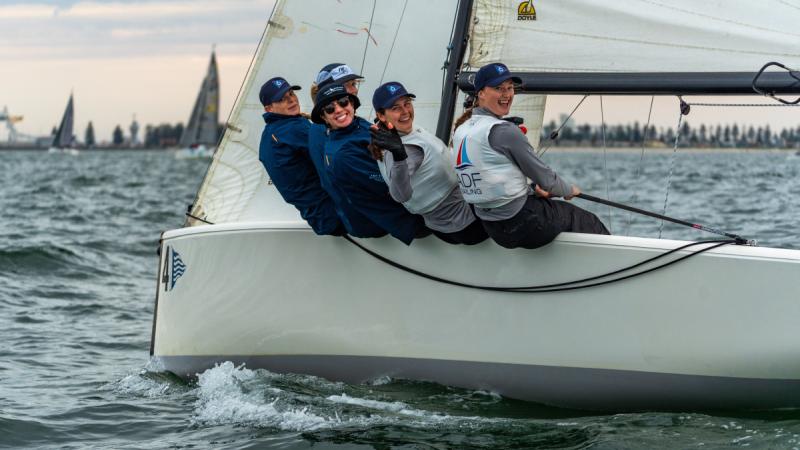11 November 2025
Kamikaze planes from the land of the rising sun came silhouetted against the setting sun.
The last surviving crew member of HMAS Gascoyne, then-Able Seaman Ross Gourlay, could see the Japanese pilot’s goggles as the suicide bomber veered across the frigate and crashed into Philippine waters just off their starboard bow.
“All I could do was pray, ‘Our father who art in heaven’,” Mr Gourlay said.
“I think the pilot pulled out at the last second. We will never know.”
Remembrance Day has a special significance for the World War 2 veteran – November 11 is his birthday, and this year, Mr Gourlay turned 100.
What is a time for celebration is also a time for commemoration.
For more than a decade, he has read the Ode of Remembrance at Lifecare RSL before blowing out the candles with family and friends.
There were no birthday celebrations during the war.
In October 1944, during the Battle of Leyte Gulf, the largest of the war, Japanese forces deliberately crashed bomb-laden aircraft into allied ships as they advanced towards the Philippines.
An 18-year-old Mr Gourlay joined Gascoyne after serving on HMAS Martindale, a private motor launch donated to Navy for the war effort.
For more than a decade, he has read the Ode of Remembrance at Lifecare RSL before blowing out the candles with family and friends.
A bout of malaria in Papua New Guinea changed the course of his career.
Due to be sent home, Gascoyne’s request for a telegraphist saw him heading north to the Philippines just after his 19th birthday and a month after the allied landings at Leyte Gulf.
The Australian river-class frigate mapped safe passage into harbour for larger ships.
The landings were a success, but the campaign to liberate the Philippines was not over.
As Gascoyne moved up the archipelago for the next stage of the invasion towards the Lingayen Gulf, the convoy of hundreds of ships was under constant threat of kamikaze attack.
Mr Gourlay said they mainly came at sunset.
In early January 1945, a dive bomber came over the top of HMAS Shropshire unnoticed. Gascoyne opened fire with her aft four-inch gun, and, in a stroke of luck, hit the bomber with the first round just as it commenced diving towards the heavy cruiser.
The plane disintegrated, with shrapnel splattering Shropshire’s quarterdeck.
Mr Gourlay recalled Shropshire’s response to Gascoyne: “Thank you, Gascoyne, but please refrain from strewing your debris on our quarterdeck.”
He left Navy in 1946 and joined a New Zealand ship, which made more than 400 crossings of the Tasman Sea.
It was here that he met his wife, Noeline, with the two settled down in Sydney to start a family.
For more than a decade, Mr Gourlay was treasurer of the Gascoyne Association, with the remaining crew regularly meeting in Sydney until 2012.
Since then, he has read the Ode at his local Remembrance Day service.


